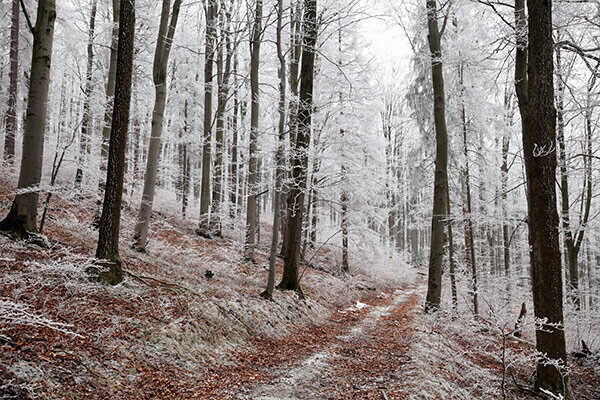Winter Tree Care Tips for Your Trees
Winter is a precarious time for your trees. They are doing a lot of internal work while appearing pretty much dead on the outside. It is up to you to help protect them from all that this season can bring, from sun scalding to dehydration. Many people get away with not doing anything at all for their trees, but then they wonder why their trees don’t live long, healthy lives, or why they don’t bloom as much as they should in the spring.
The work you put into your trees now will be reflected in the seasons and years to come. If you skimp on tree care, your trees may not look their best and could even get sick and die. So what is it that you can do to get your trees looking their best? Here are some of our suggestions:
Winter Is A Great Time To Prune Your Trees
- The best time to prune will vary by tree
- Be sure that you get professional pruning
- Outside temperatures can have an impact
As soon as the leaves have dropped, it will be time for someone to prune your trees – and that someone should be a professional. When there aren’t any leaves left on branches, it is easier to see what needs to be pruned and what should stay where it is. There is less risk of making mistakes or getting an imperfect cut when everything is apparent, especially on large trees.
Pruning in the winter can also help create cleaner cuts and allow machinery and equipment to get closer to the trees. Not only will this make the pruning itself neater and better, but it will also increase the safety for the trees, your property, and for the professionals doing the trimming.
Finally, pruning in the winter can help to prevent the spread of diseases and infestations as they are typically dormant during this period and only spread in warmer temperatures.
If You Want Flowers In The Spring, Winter Care Matters
- Pruning can increase flower growth
- Trees that are healthy will produce more flowers
- Stressed trees tend to produce fewer flowers
If you are someone who cares about the number of flowers that your tree produces, you may want to get caught up on your winter tree care. What you do now will pay you back in kind later on in the season.
Many people will complain because their flowering bushes, shrubs, and trees don’t seem to live up to their potential or they flower and die quickly, and that is likely because they didn’t do the work in the fall and winter.
The Arbor Day Foundation recommends pruning the winter months for trees and shrubs that flower in mid- to late summer, in particular. Trees can take care of themselves, but if you can give them a hand, they will always look their best.
Look For Branches That May Break
- Ice and snow will weigh down branches
- Can pose even more problems if they are near structures or power lines
- Dramatic changes in temperatures can impact trees as well
Most people know that ice and snow cause big problems for tree branches. Ice and snow are heavy and they can bring down even healthy branches if the situation is bad enough. When winter comes, you may want to look for branches that are already weak and have the potential to cause problems – and get them removed. However, this isn’t something that you can only do once. You need to check your trees regularly because dramatic temperature changes can cause microscopic cracks.
Tree Help explains: “Cold stresses take a number of forms. The first is the effect on mature trees of a rapid change between daytime heat and night time freezing. These temperature variations can lead to stresses within the tree between the outer bark and inner wood leading to cracks called frost cracking or southwest injury (the side receiving the most winter sunlight).”
As such, check your trees every few weeks (or more) if the temperatures start to fluctuate widely.
Provide Shelter To Your Trees
- Especially important for younger trees
- You can create one yourself
- May be good for delicate root systems
If you have trees that are in trouble this year, you may want to protect them with shelter. Cover them around the roots to prevent animals from gnawing at them or to protect them from frost. You may also want to protect branches that look like they are ready to snap. You can do this with cabling or with a shelter that you can clear the snow off of when there is a storm.
According to the Magnolia Network, “Create a makeshift shelter for young or small trees prone to breaking under the weight of snow, like Japanese maple, Acer palmatum ‘Hanami Nishiki.’ With larger trees, use a broom to gently knock snow from branches as it accumulates. Brush snow off using an upward motion. If ice coats tree limbs, avoid trying to break it off, or you run the risk of breaking branches.”
Obviously you cannot always do this with older trees that are extremely large, but it is possible to protect them in some way.
If you believe that you have a problem with your trees or in your yard, give us a call today at (269) 216-6811 and we can set up a time to visit you and your beautiful trees to see just what the problem is – and how we can help you. There is no job too big or too small – contact our professionals today!
Remember that trees are living things and they need our support to survive and thrive, especially if they are not native species accustomed to cold weather.


